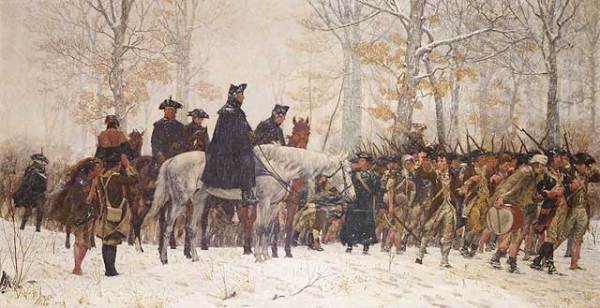from The American Thinker:
2010
Throwing Rocks
By Russ Allen
On Monday, June 7, 2010, at 6:30pm, a U.S. Border Patrol agent shot and killed fifteen-year-old Sergio Adrian Hernandez Huereka in a concrete channel alongside the Rio Grande. The channel marks the border between Mexico and the U.S. and lies between the cities of Ciudad Juarez and El Paso, Texas. The agent was attempting to detain members of a group of Mexicans who had run across the channel to the U.S. side of the border. He successfully subdued one of the group, but the others retreated to the Mexican side and began hurling rocks at him. The agent responded by firing his weapon -- a .40 caliber semi-automatic pistol -- three times, shooting one-handed across the border at his assailants while holding the Mexican he had detained with his other hand. Two of his shots hit Sergio Huereka, once in the shoulder and once in the head.
There has since been a massive response in the Mexican media, showing images of Sergio's family and friends crying uncontrollably while hugging his casket. U.S. mainstream media have obligingly followed suit, displaying the same footage to the American public while repeatedly pointing out that Sergio was "only 15."
Sergio's mother insists that he was a "good boy" and that he and his friends were only "playing a game," wherein they would run across the channel to the U.S. side, touch the concrete wall, then rush back. It is impossible to verify whether this is true...but even supposing it is, the boys were breaking the law. American youth consider it a kind of "game" to tag buildings with graffiti, or to street race. Yet if a group of "urban artists" were caught red-handed (pun intended) by a police officer and chose to back off and throw rocks at him...they would get shot.
Border Patrol records show that Sergio was a "known juvenile smuggler," charged with alien smuggling in 2009 -- a detail the mainstream American media has failed to mention and that sheds doubt on Sergio's status as a "good boy"...not surprising, as the mother can hardly be expected to be an unbiased witness.
Much has been made over the fact that the boys were "only throwing rocks," and therefore the Border Patrol agent had no cause to shoot and kill one of them. This is an outrageous statement, revealing a number of assumptions equally exaggerated and improbable.
Only throwing rocks? The U.S. Border Patrol has reported 604 rock-throwing incidents in the last year. "There's a misperception people have that we're having pebbles thrown at us," says Mark Qualia, the U.S. Customs and Border Protection spokesman in Washington. "They are stones the size of baseballs in some cases or half a brick. You can't take this lightly."
Okay, so they are big rocks. Big deal, right? There's still a big difference between a big rock and a big gun, right?
Wrong. According to geological information obtained from the University of Texas at El Paso website, the most common surface rocks in the El Paso area are granite and limestone. A baseball made of either of those stones would weigh over a pound. Assuming a random asymmetrical shape and imperfect density, you still end up with a weighty missile; half a pound at the lightest. It doesn't require knowledge of ballistics and physiology to imagine the effect of being hit in the head with such a rock.
A well-thrown rock is just as deadly as a well-aimed bullet, a fact that becomes obvious through the lens of history, wherein rocks of one size or another were commonly employed as deadly weapons and were wielded or hurled in various manners and with great success. In fact, to hurl a rock with intent to kill or damage across a border between nations was often considered an act of war. Did the advent of the nuclear bomb cause the .50 caliber machine gun to lose its status as a deadly weapon? Hardly. Thus, the presence of a .40 caliber pistol does not relegate a hurled rock to a harmless bit of fluff.
Back to the outrageous statement. "[T]he Border Patrol Agent had no cause to shoot[.]" Really? Law enforcement officers in the U.S. are taught that if they determine that their life or that of another is in danger, they are authorized by law to use deadly force. They are taught to aim their weapon at the center of the target and fire until there is no longer a threat. With an accurate perspective on the matter of throwing rocks, it is clear that the Border Patrol agent did what was necessary to protect his own life as well as that of the young Mexican he had detained.
So much attention has been given to the fallacious notion that the men and women charged with protecting and upholding public safety should treat criminals gently and with kid gloves -- even in the face of life-threatening violence -- that these Mexican teenagers felt safe enough to throw rocks at an armed man. It could be argued that the death of Sergio can be lain directly at the feet of those who propagate such nonsense.
In closing, I would like to make two outrageous statements of my own. One, I am proud of the U.S. Border Patrol for striving mightily at an almost impossible and endless job... and two, don't bring a rock to a gun fight










No comments:
Post a Comment